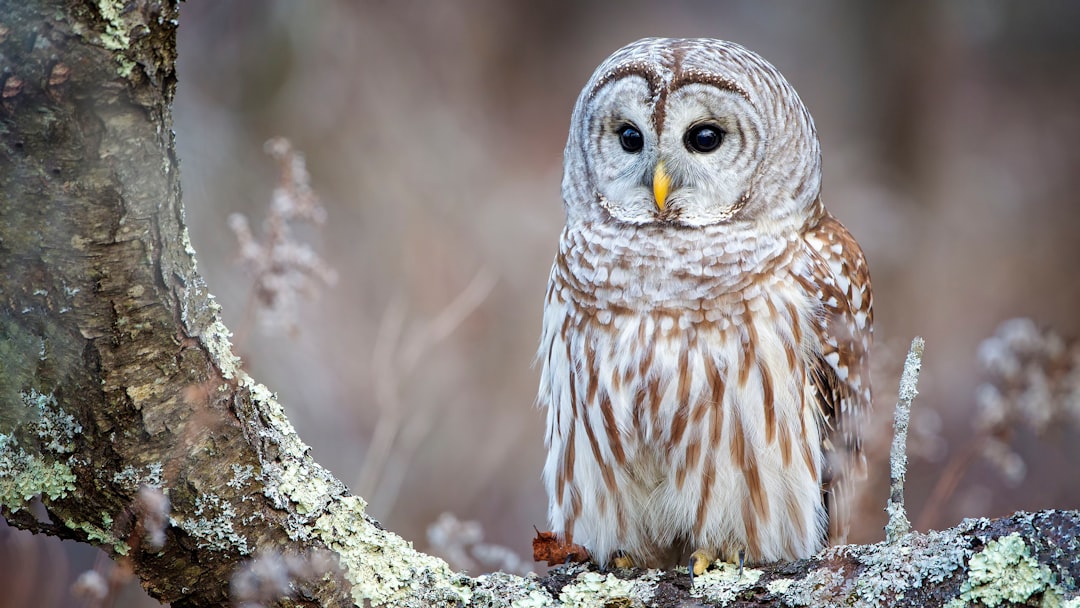The Surprising Push to Cull Barred Owls (Image Credits: Unsplash)
In the misty depths of Pacific Northwest woodlands, where ancient evergreens whisper secrets to the wind, a bold strategy to protect one bird is drawing support from the most unexpected corners.
The Surprising Push to Cull Barred Owls
Imagine this: officials propose shooting hundreds of thousands of barred owls over the next few decades. The goal? To give the endangered northern spotted owl a fighting chance. Barred owls, invasive newcomers from the east, have muscled into spotted owl territory, outcompeting them for food and space.
This isn’t some wild idea from a movie script. The U.S. Fish and Wildlife Service has laid out a detailed plan to remove about 450,000 barred owls across Washington, Oregon, and California. Scientists argue it’s the only way to halt the spotted owl’s rapid decline, which has seen their numbers drop by over 70% in some areas since the 1990s.
Yet the plan stirs deep ethical questions. Is targeted killing the answer, or does it cross a line in wildlife management?
How the Timber Industry Got Involved
Back in the ’90s, spotted owl protections slammed the brakes on logging in these forests, costing jobs and sparking bitter fights. Fast forward to today, and the timber sector sees the culling plan as a potential lifeline. If spotted owls keep vanishing without intervention, tighter habitat rules could lock up even more land from harvest.
Industry leaders worry that skipping the cull would mean endless restrictions. They’re speaking out, urging Congress not to block the effort. It’s a pragmatic stance, rooted in the fear of losing access to working forests they’ve relied on for generations.
This position flips the script from decades past, when loggers fought owl protections tooth and nail.
Environmentalists Weigh In with Caution
Groups dedicated to preserving old-growth habitats usually clash with timber interests. But here, many environmental organizations back the cull as a tough but necessary step. They point to studies showing barred owls as the main threat now, not logging alone.
Without action, spotted owls could disappear entirely, unraveling the delicate balance of these ecosystems. Environmentalists emphasize that the plan includes careful monitoring to avoid harming other wildlife. Still, some worry about the optics of government-sanctioned killings in protected areas.
The alliance feels surreal, like old rivals finding common ground in a crisis.
GOP Lawmakers and Animal Rights Push Back
Not everyone agrees. Republican senators, including Louisiana’s John Kennedy, have introduced resolutions to halt the plan outright. They call it overreach, questioning why federal agencies play judge and jury over wildlife.
Animal rights advocates echo that sentiment, decrying the mass culling as cruel and unnecessary. Groups argue for non-lethal methods, like habitat tweaks, though experts say those won’t suffice against the barred owl invasion.
The debate highlights a rare divide, with conservatives and activists united against what they see as bureaucratic excess.
Balancing Conservation and Ethics
This owl showdown forces us to grapple with tough choices in conservation. On one side, saving a native species might require hard measures against an invader. On the other, every life matters, and killing en masse raises moral red flags.
Here’s a quick look at the key players’ stances:
- Timber industry: Supports cull to avoid stricter logging bans.
- Environmentalists: Back it reluctantly to protect spotted owl habitat.
- GOP legislators: Oppose, citing government overreach.
- Animal rights groups: Against, pushing for humane alternatives.
- Fish and Wildlife Service: Proceeds, backed by scientific data.
Public input periods have drawn thousands of comments, showing how deeply people care about these forest dwellers.
What’s at Stake for the Forests?
Beyond the owls, this plan could reshape land use in the region. If the cull succeeds, it might ease pressures on timber operations while buying time for broader forest recovery efforts. Failure could lead to more court battles and closures.
Recent investigations suggest some coordination between agencies and industry, fueling accusations of favoritism. Yet proponents insist the focus remains on ecology, not economics.
The coming months will decide if this unusual coalition holds or fractures under scrutiny.
Key Takeaways
- The cull targets invasive barred owls to boost endangered spotted owl survival.
- Odd partnerships form as timber and environmental groups align for action.
- Opposition from GOP and rights advocates spotlights ethical wildlife dilemmas.
In the end, this owl conflict reminds us that nature’s puzzles rarely have simple solutions, demanding compromise from all sides. What side are you on in this feathered feud? Share your thoughts in the comments below.




